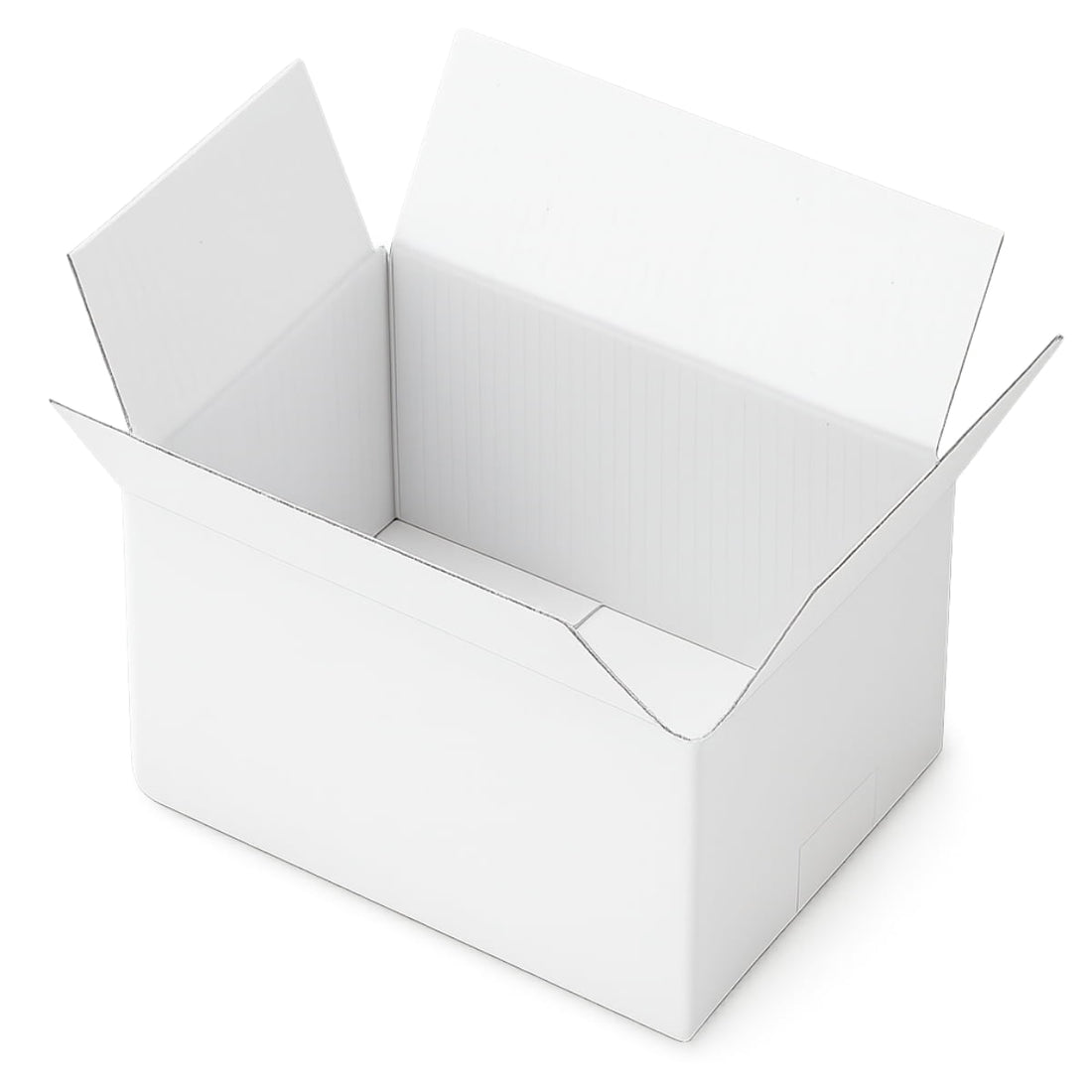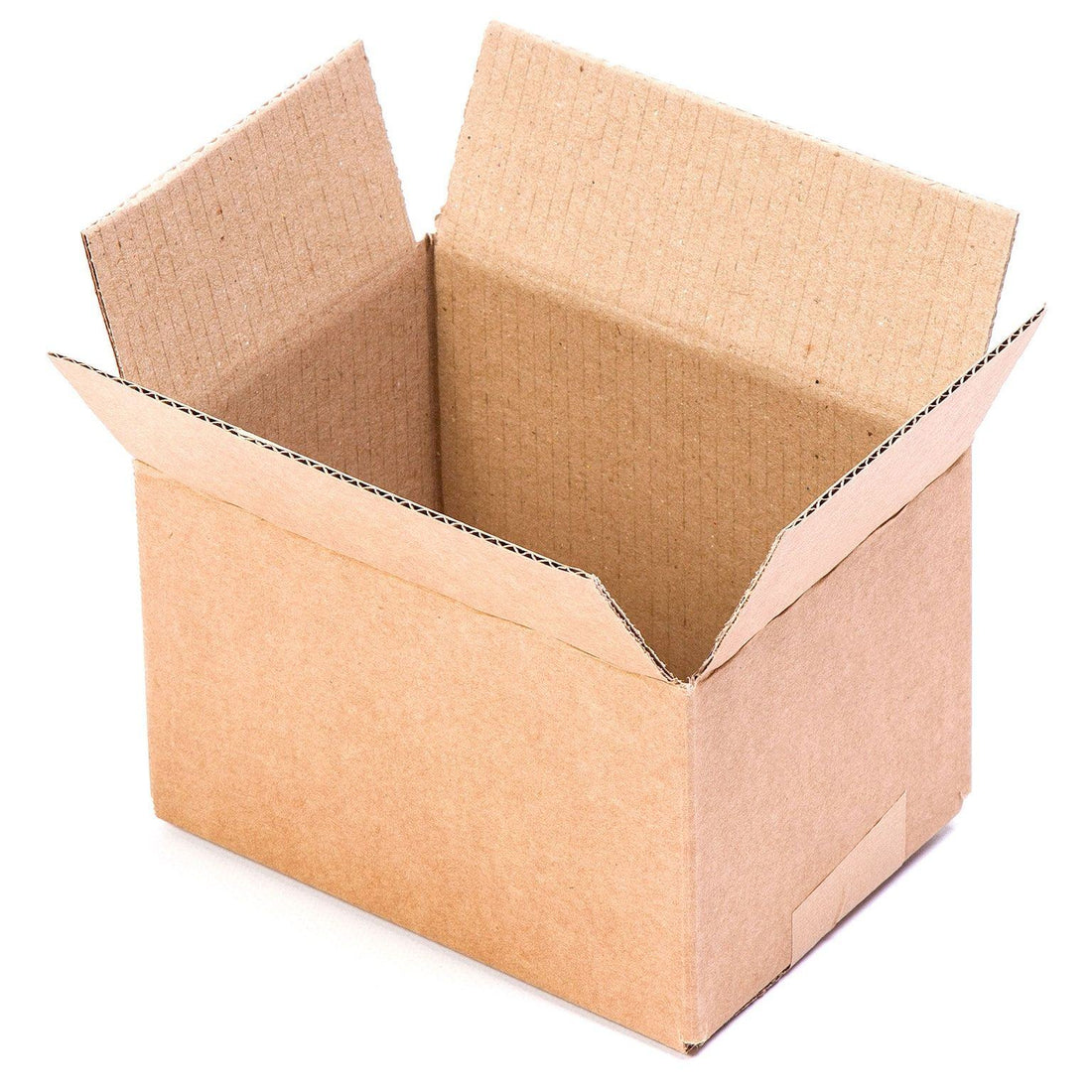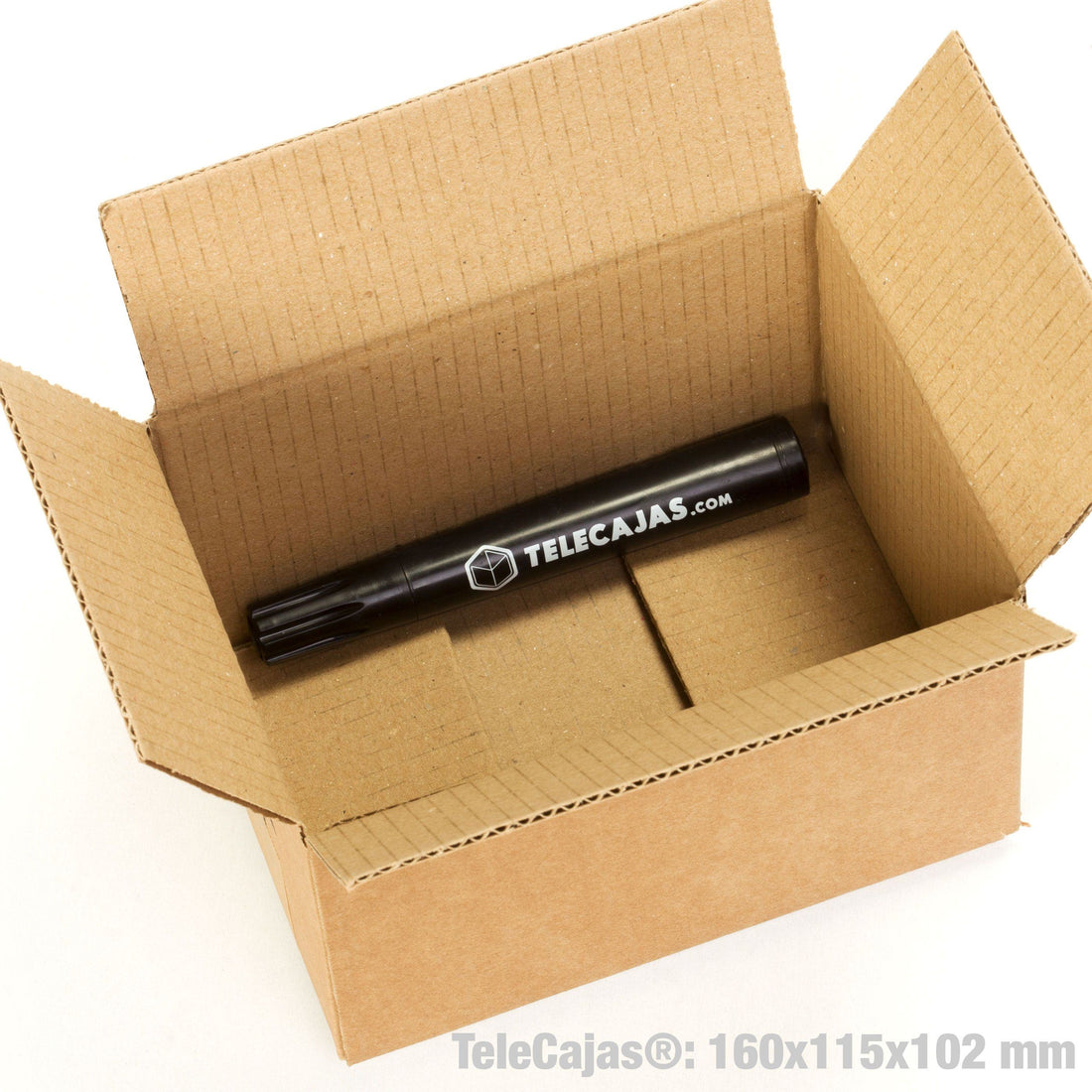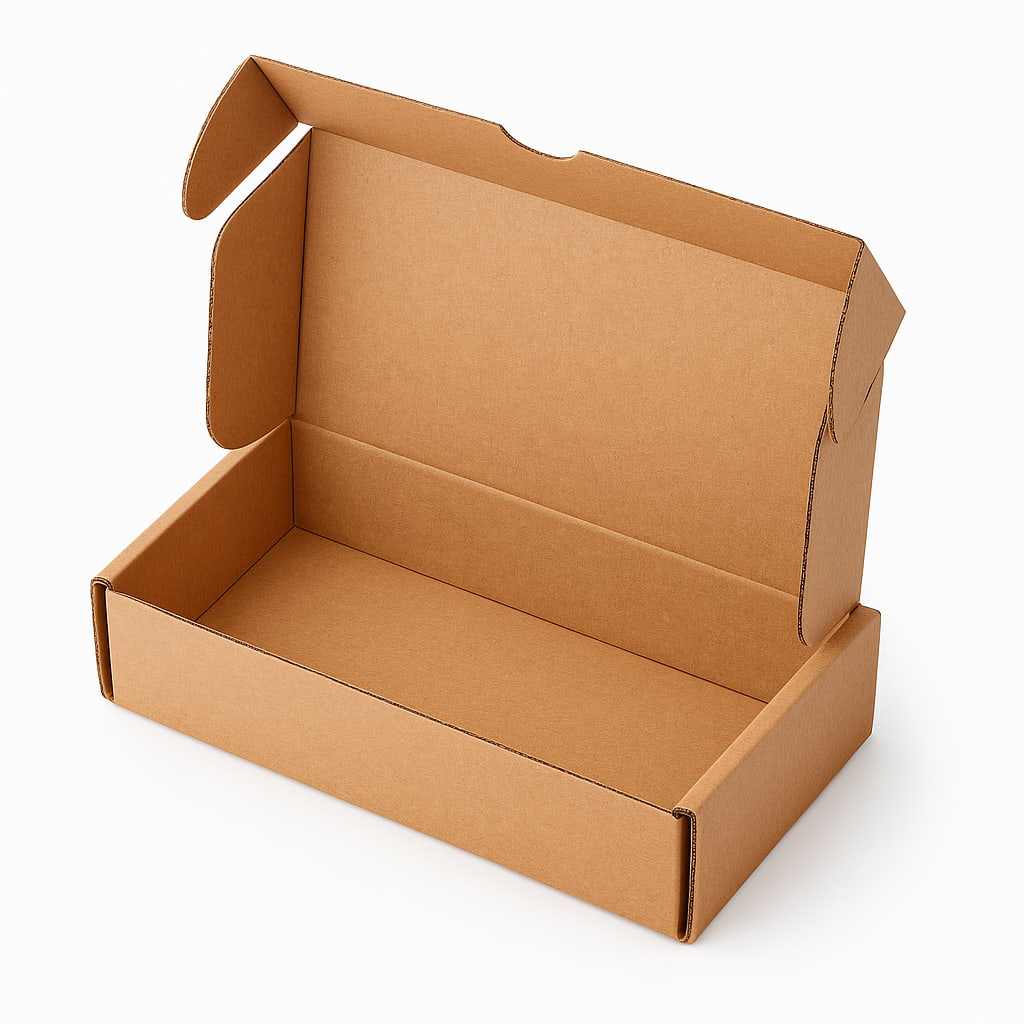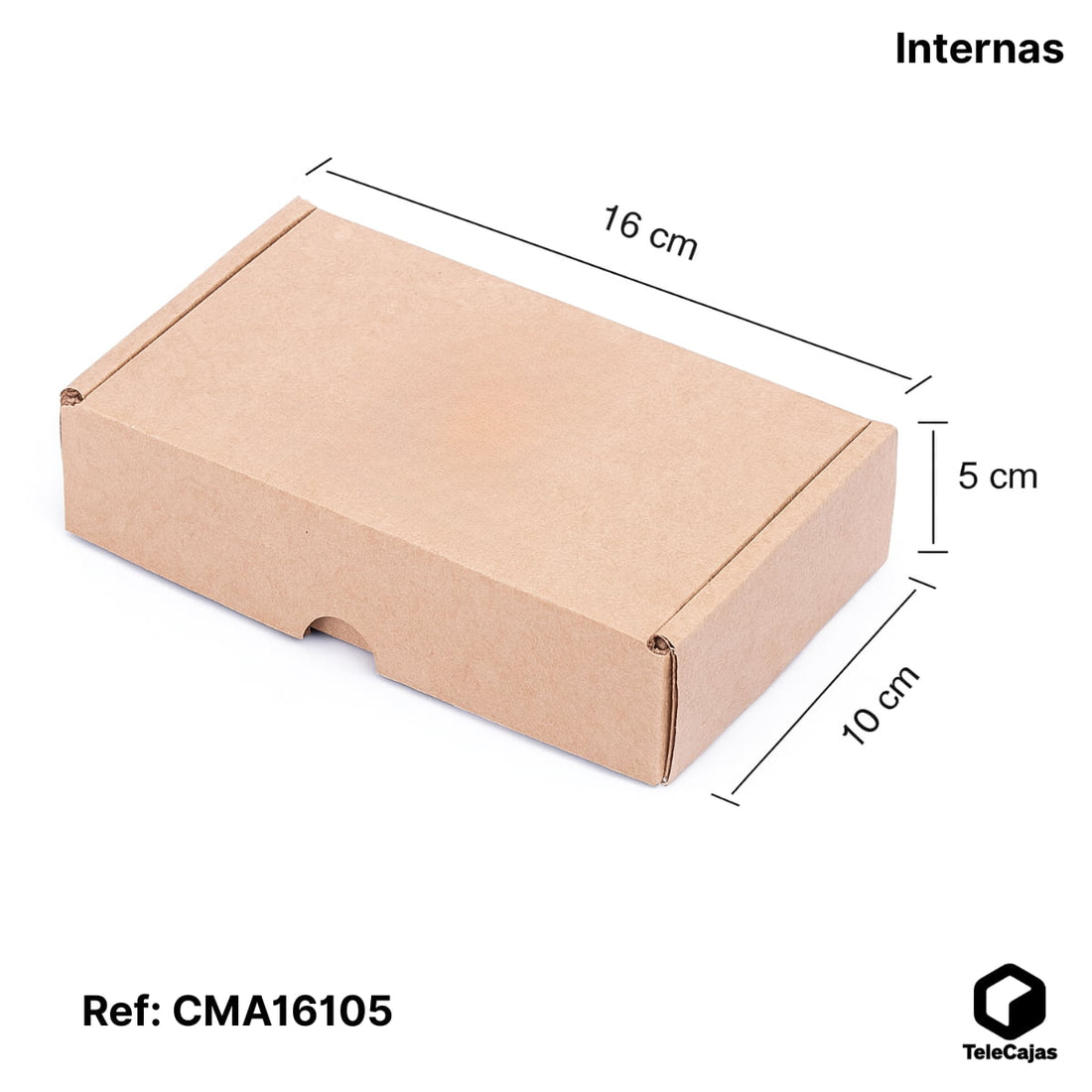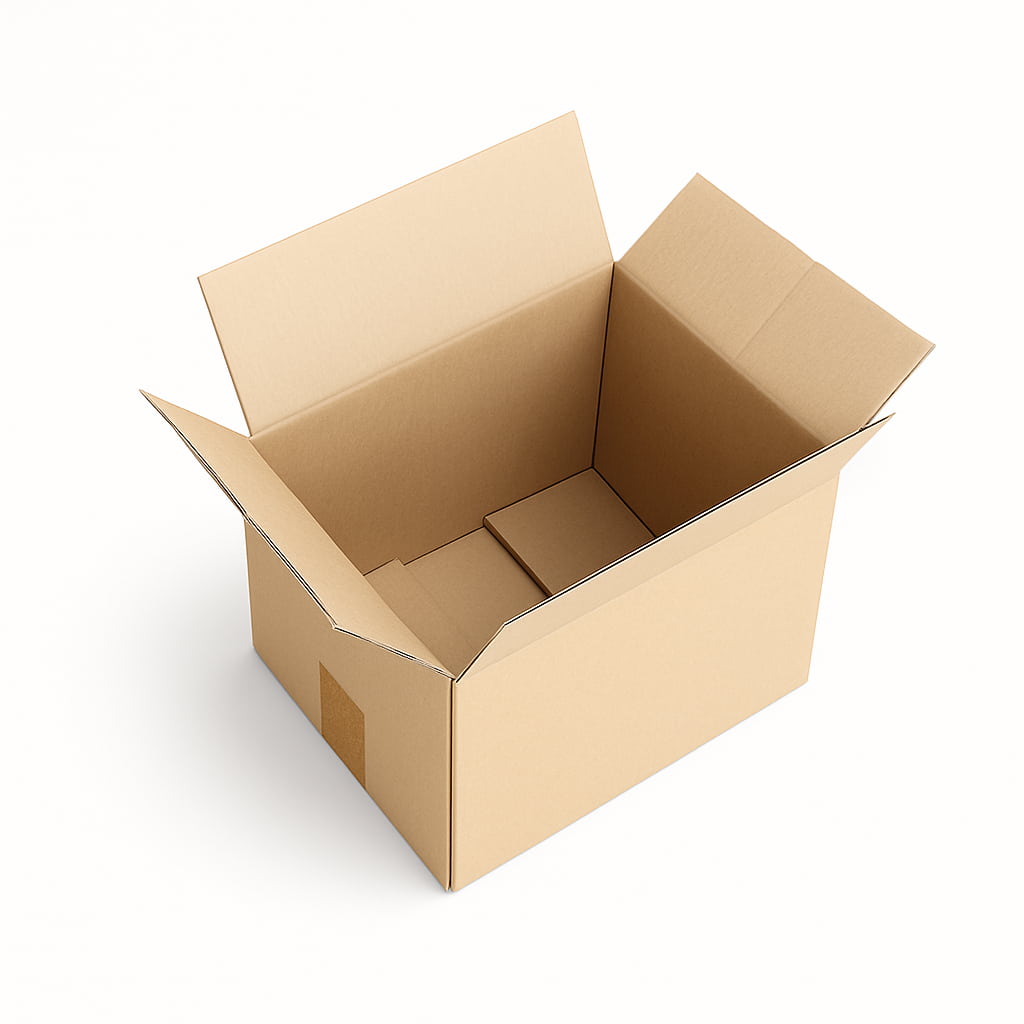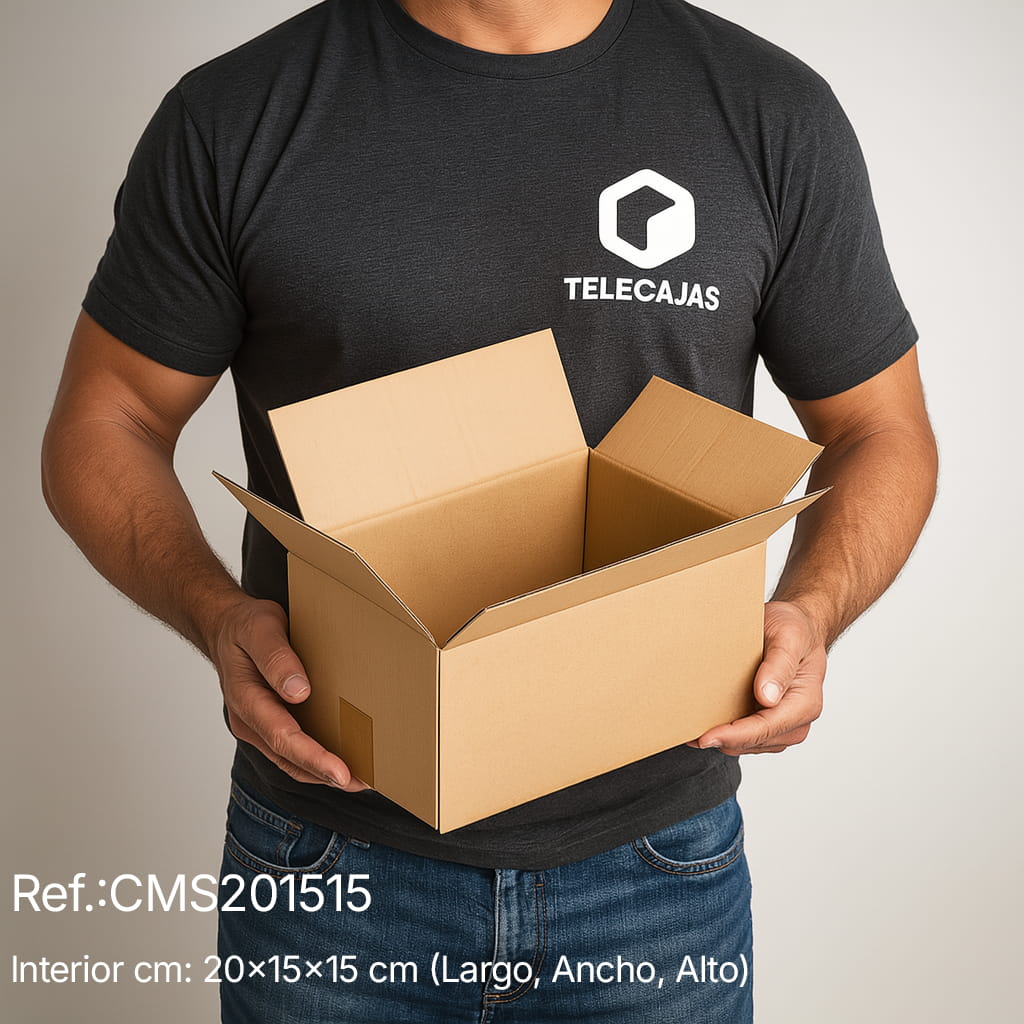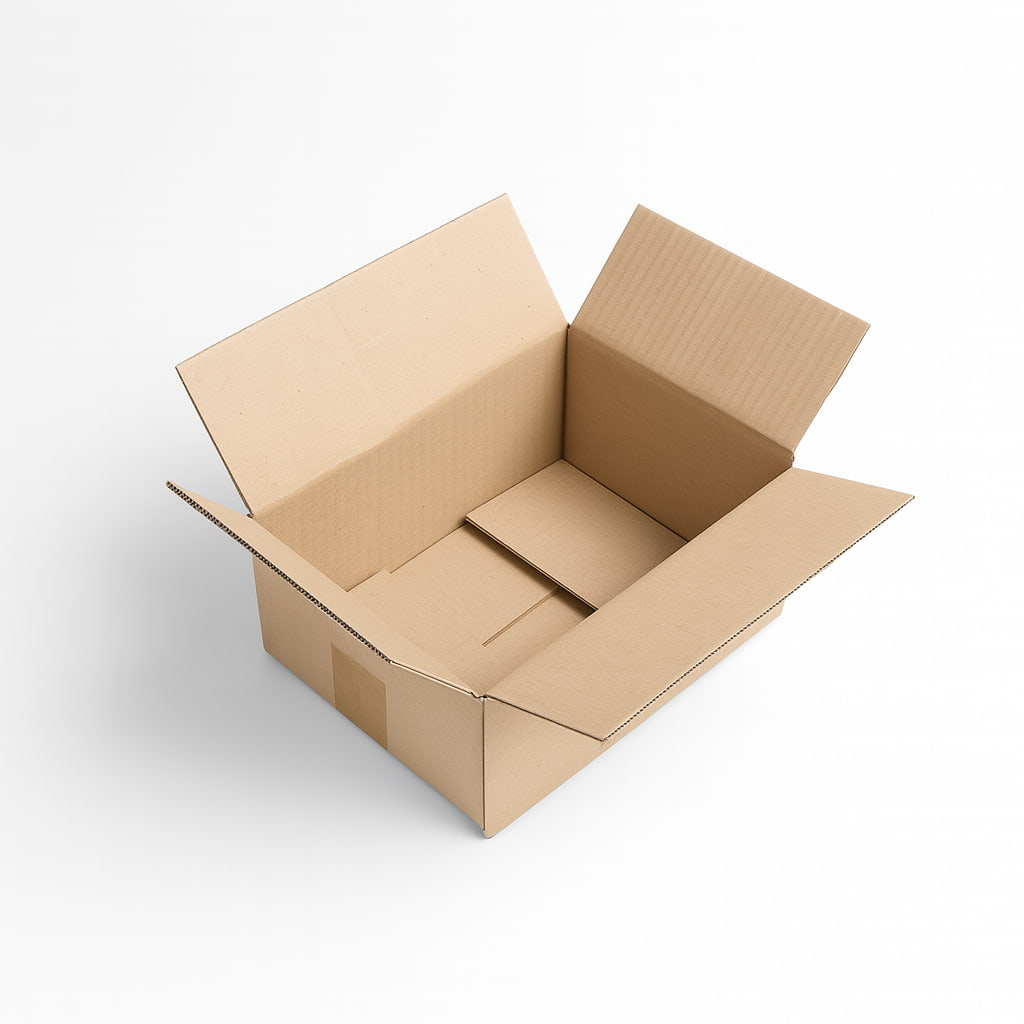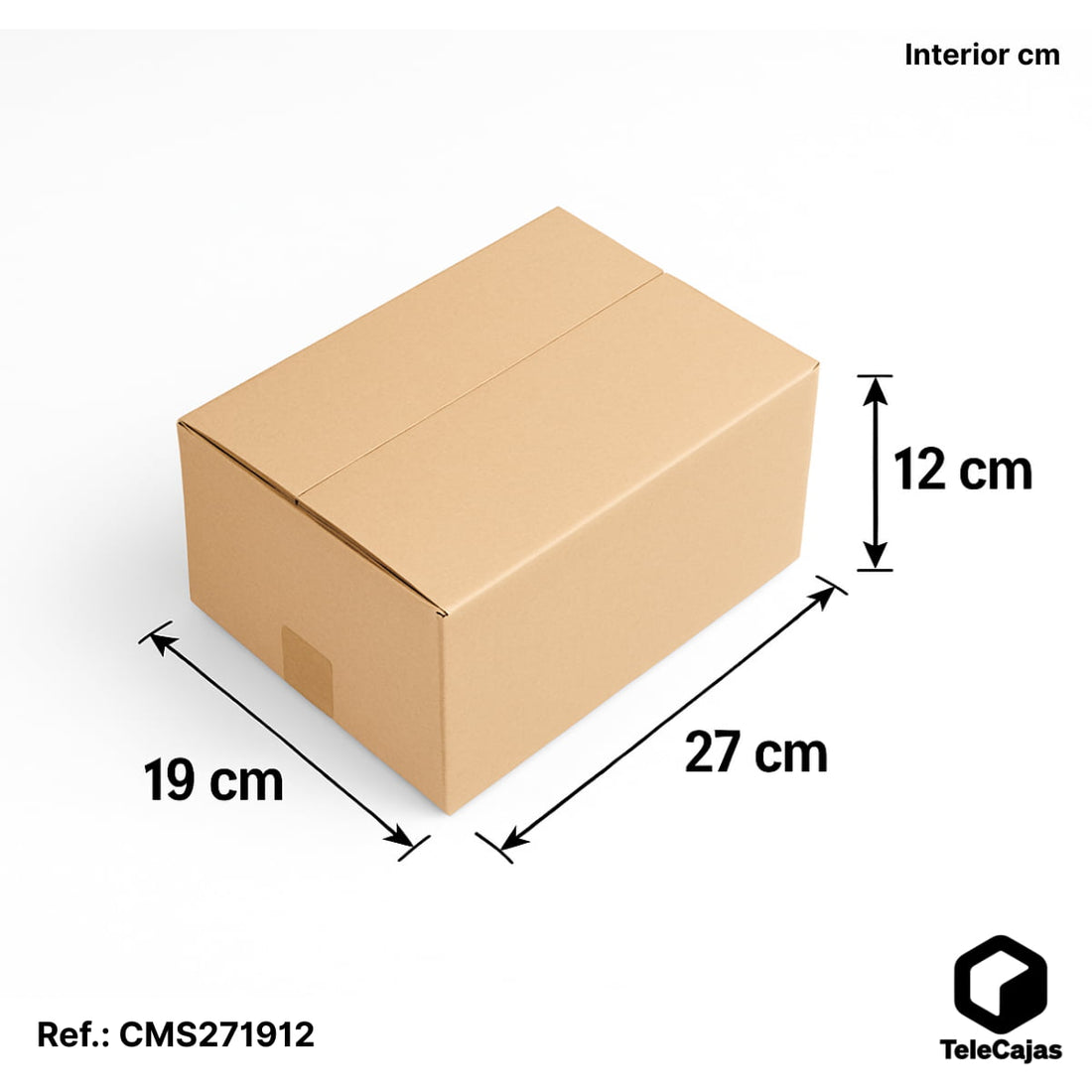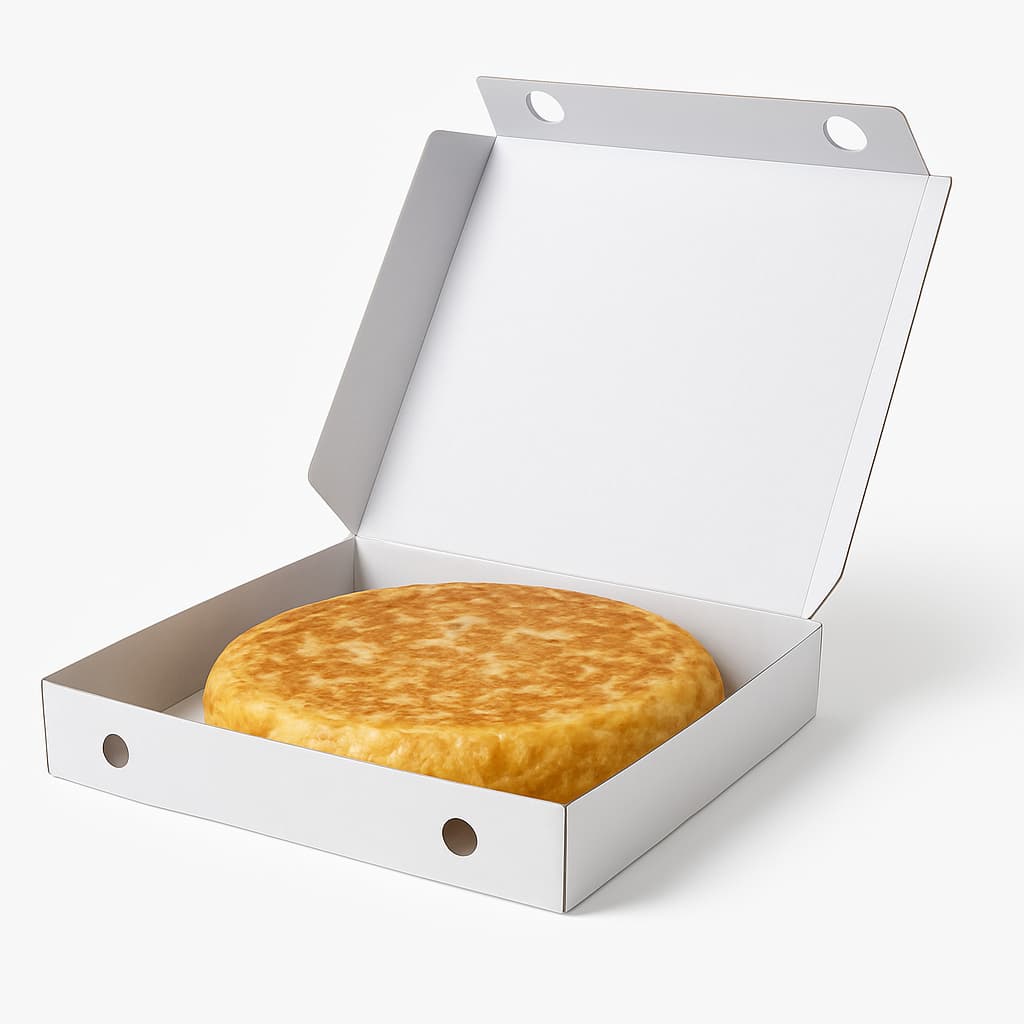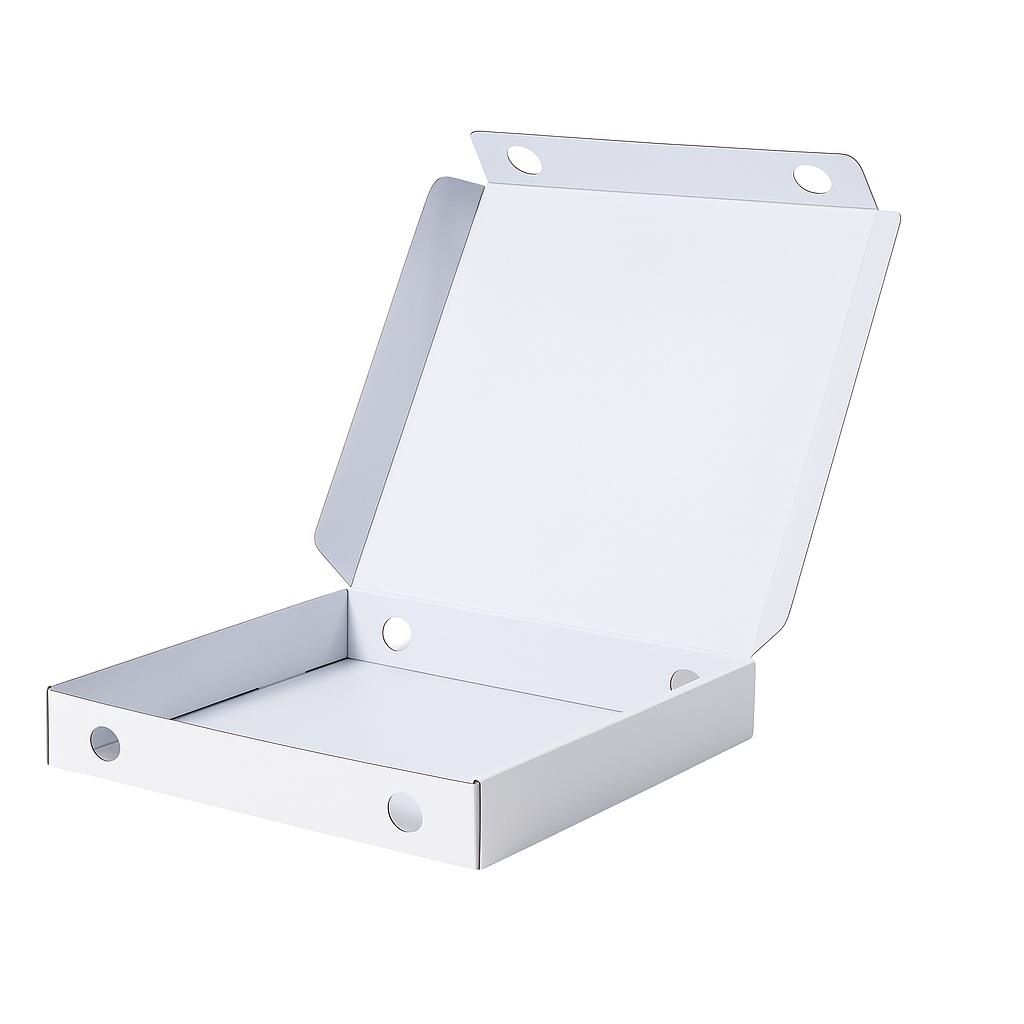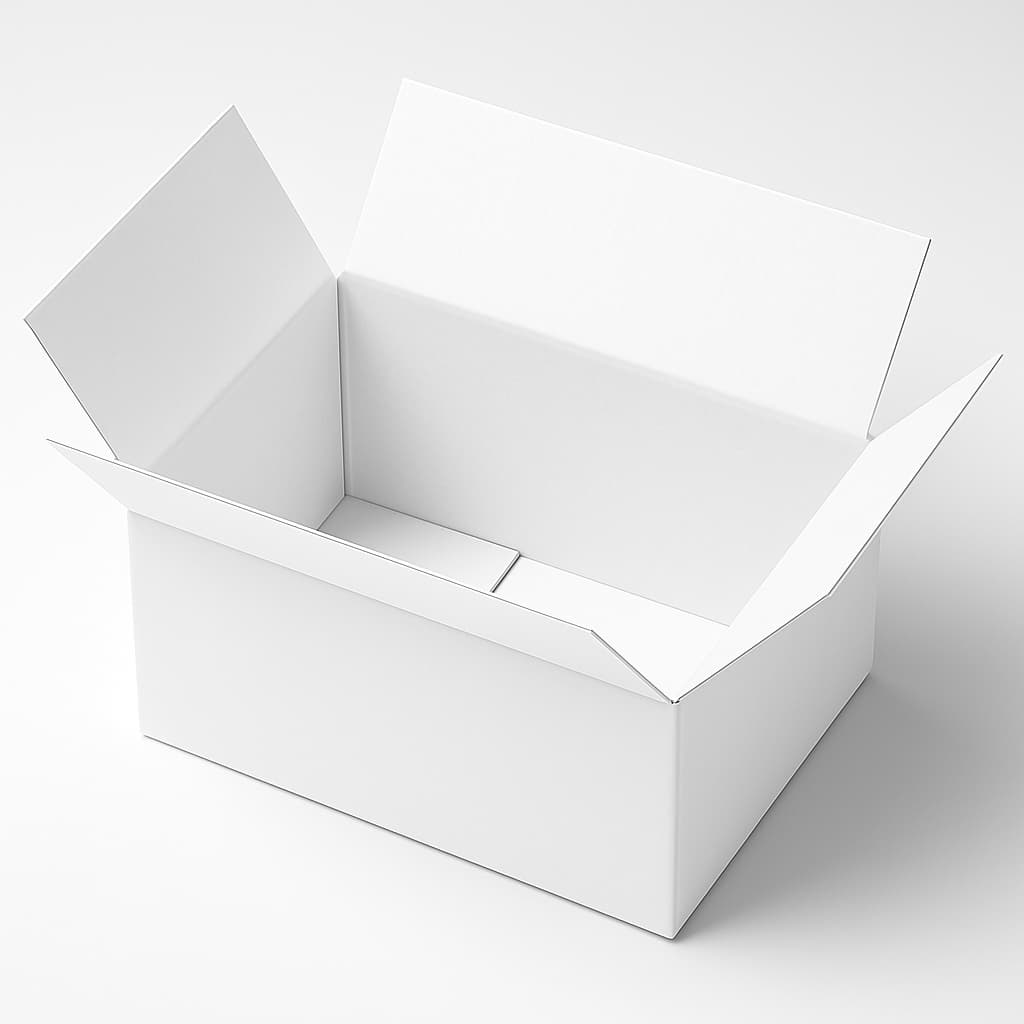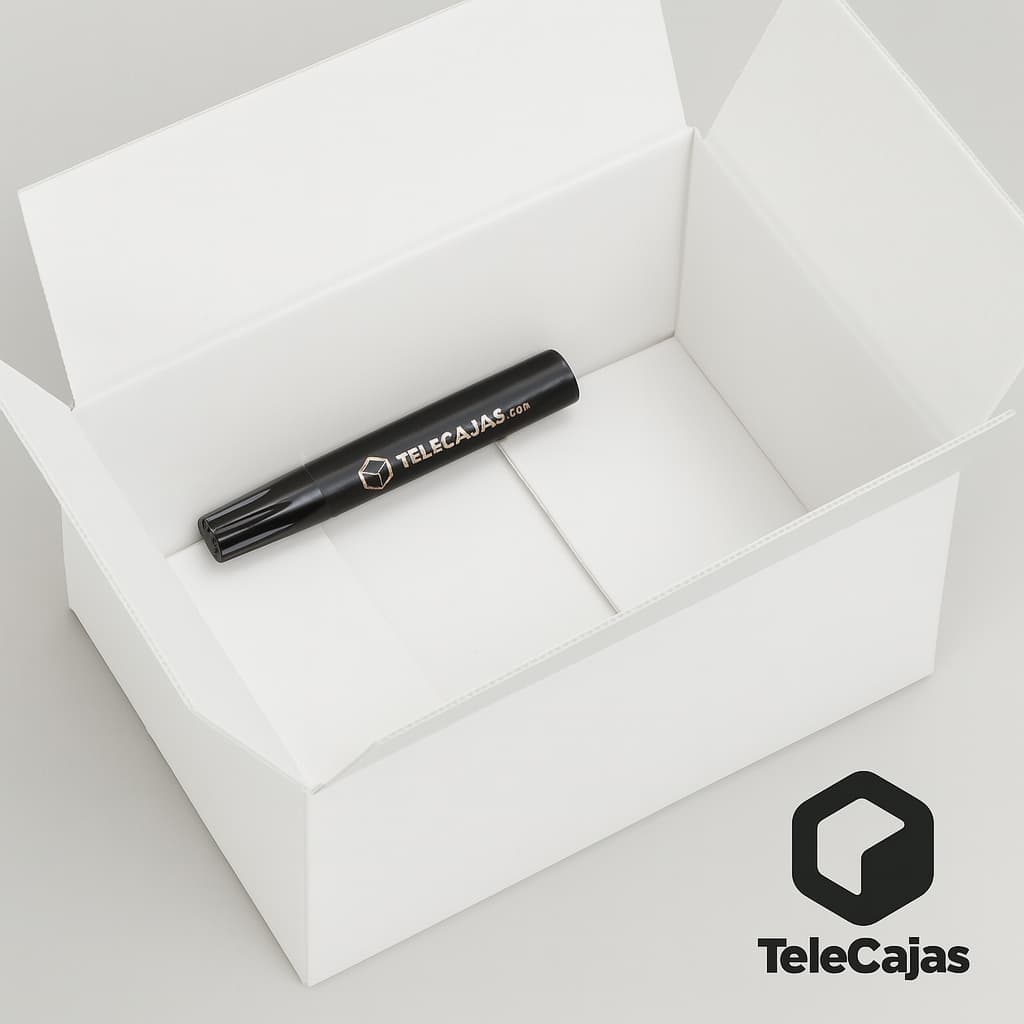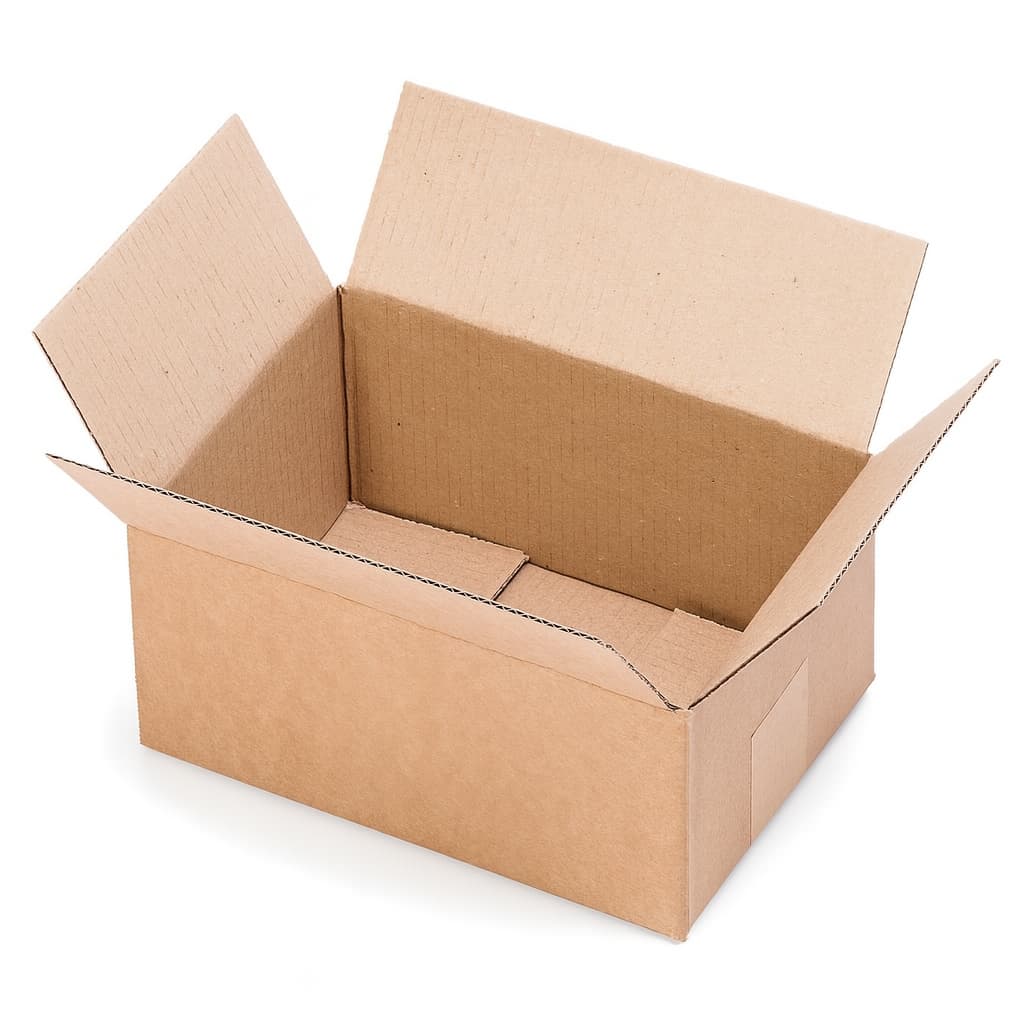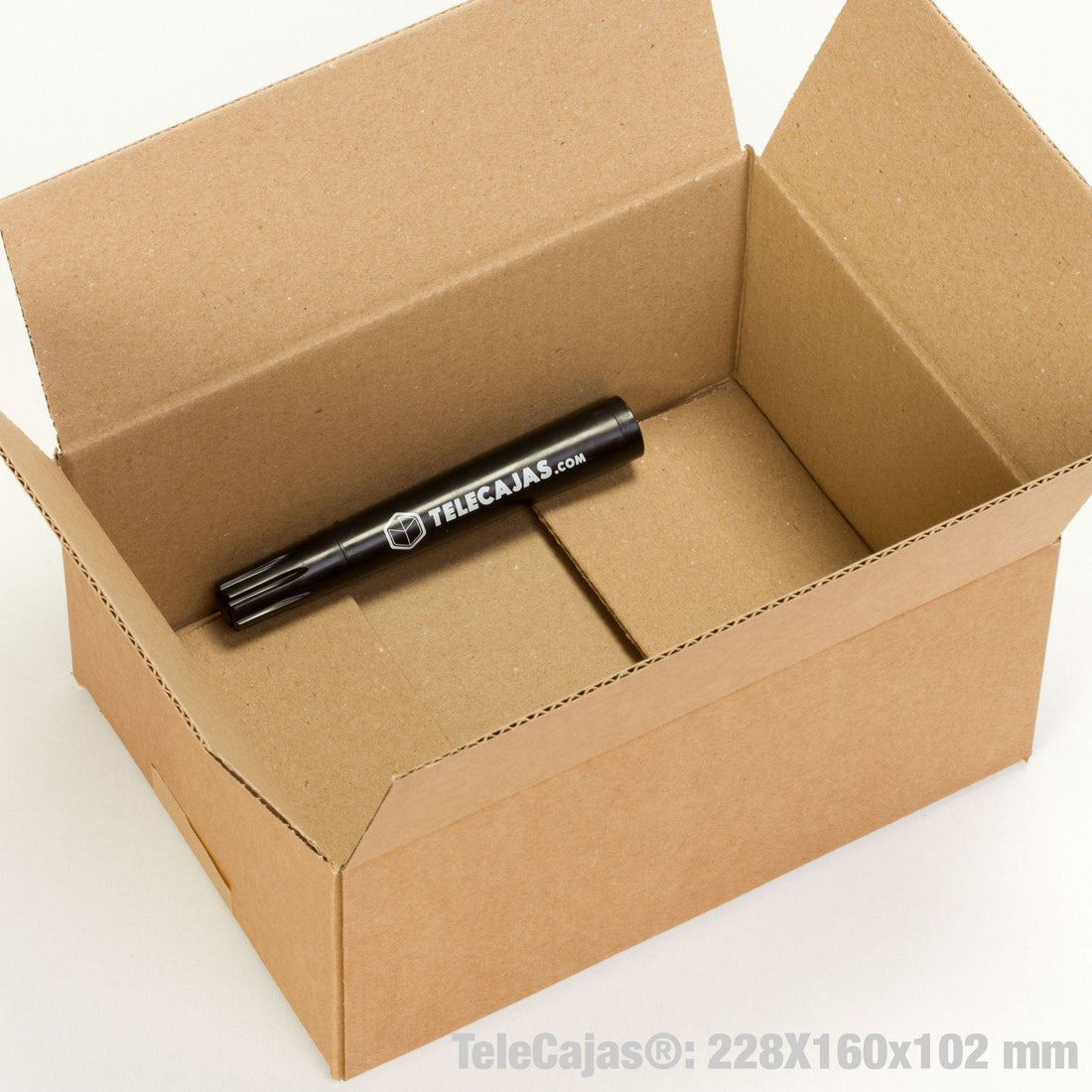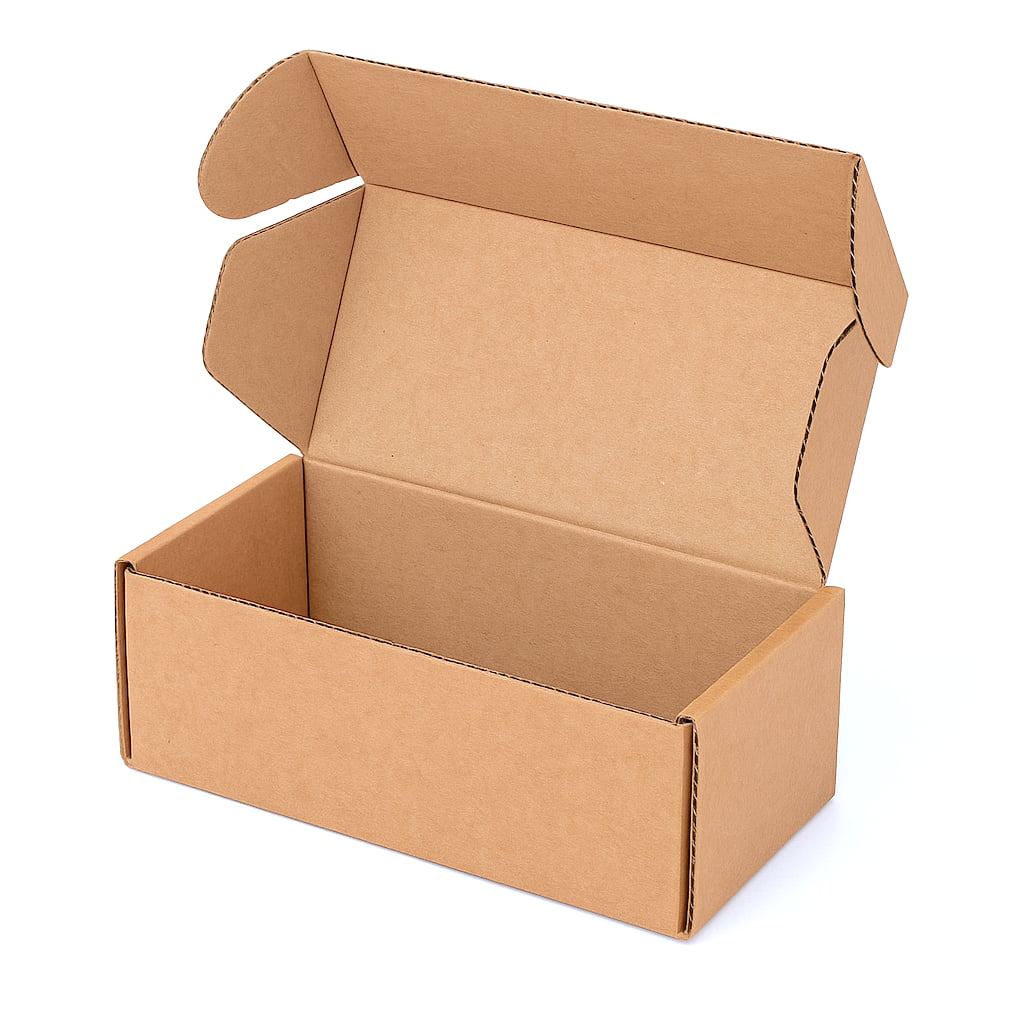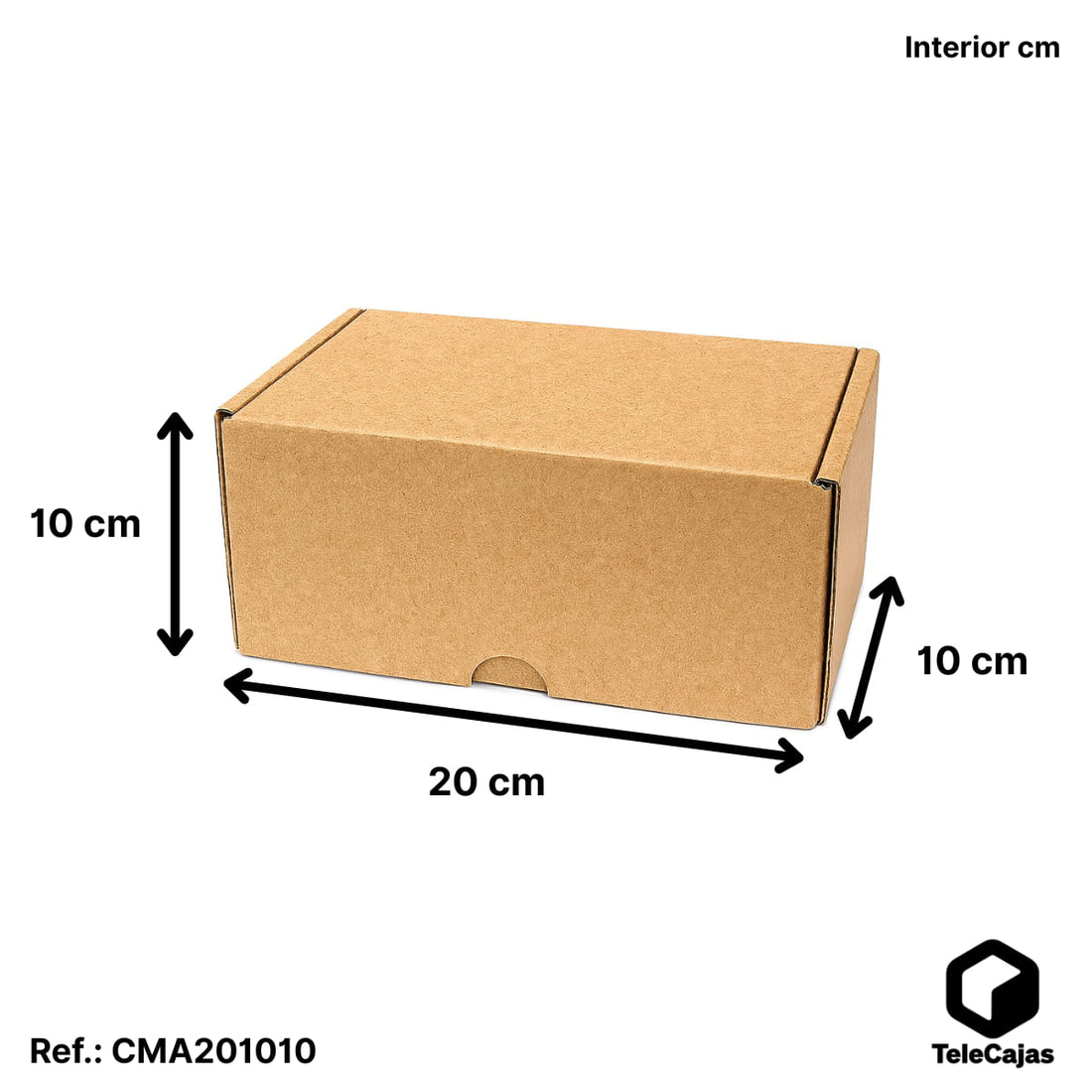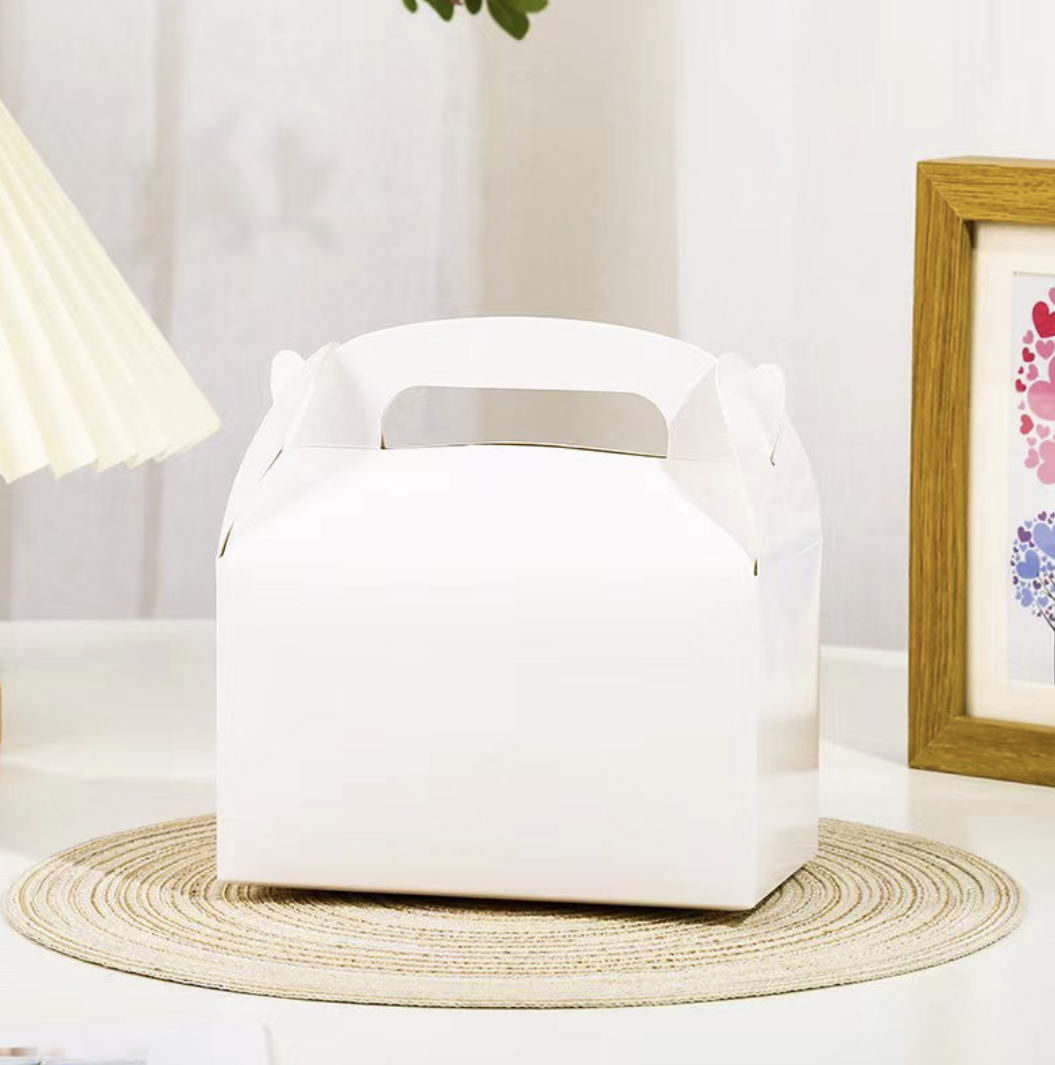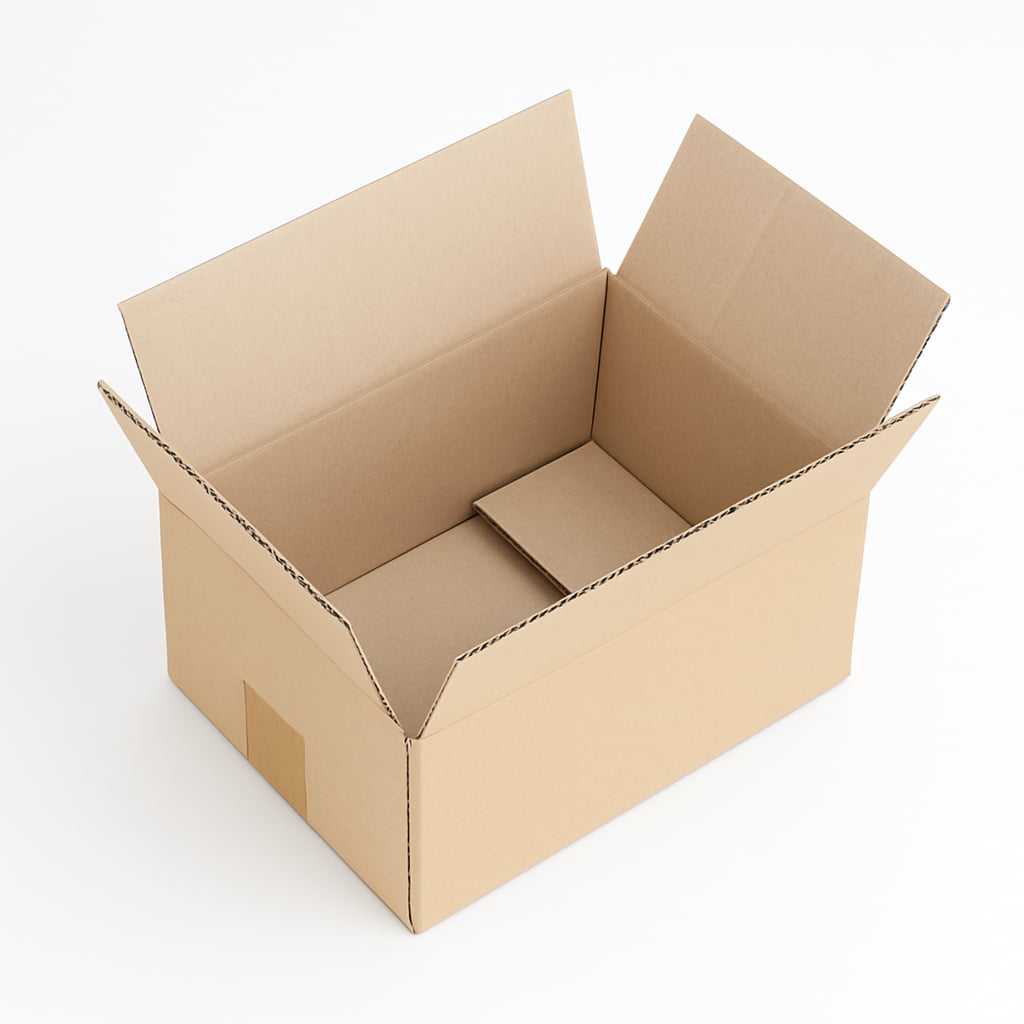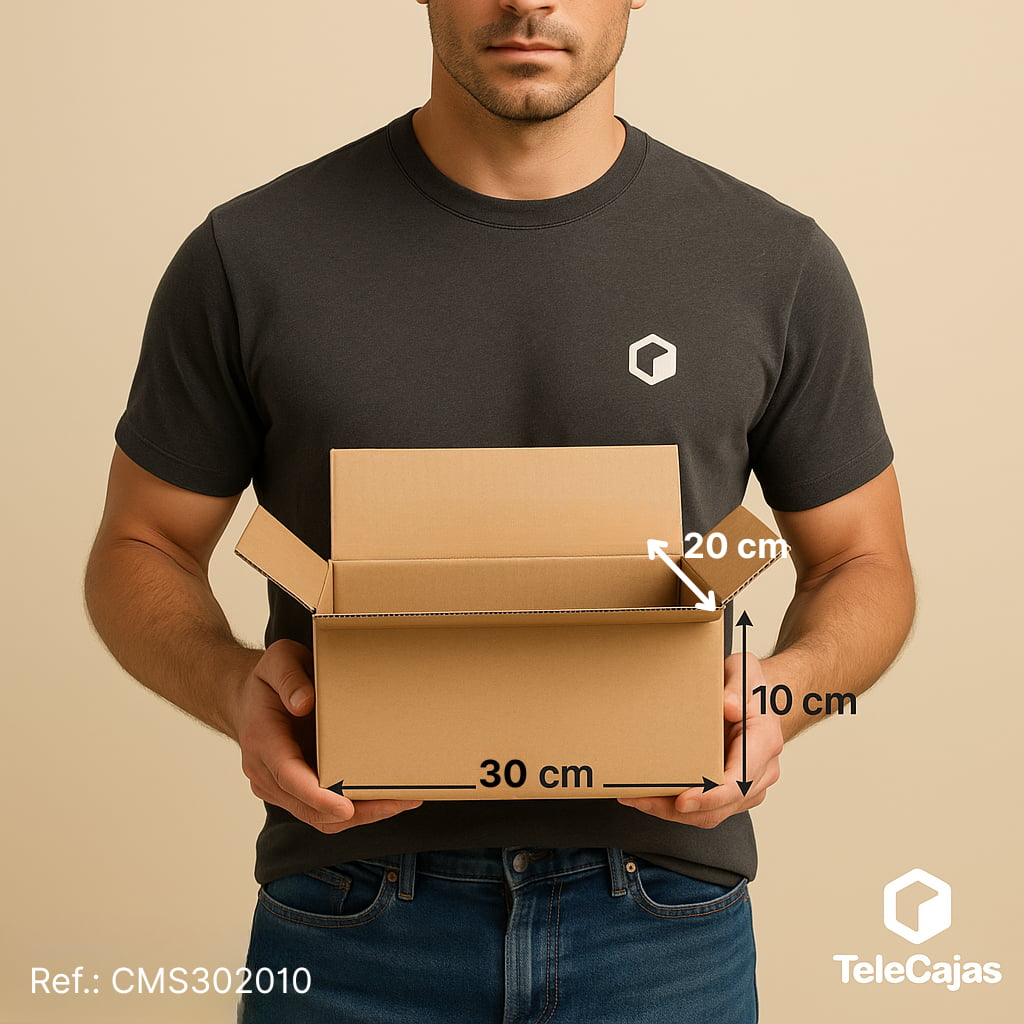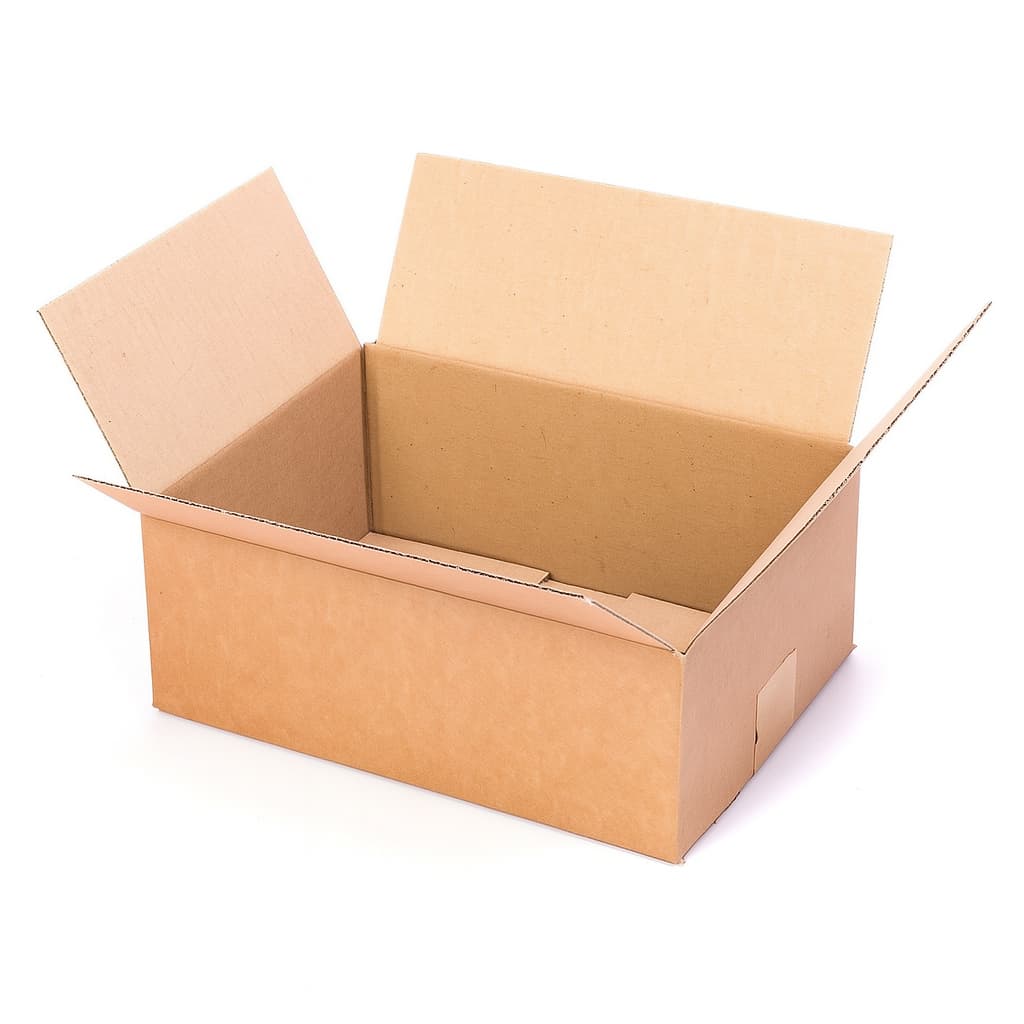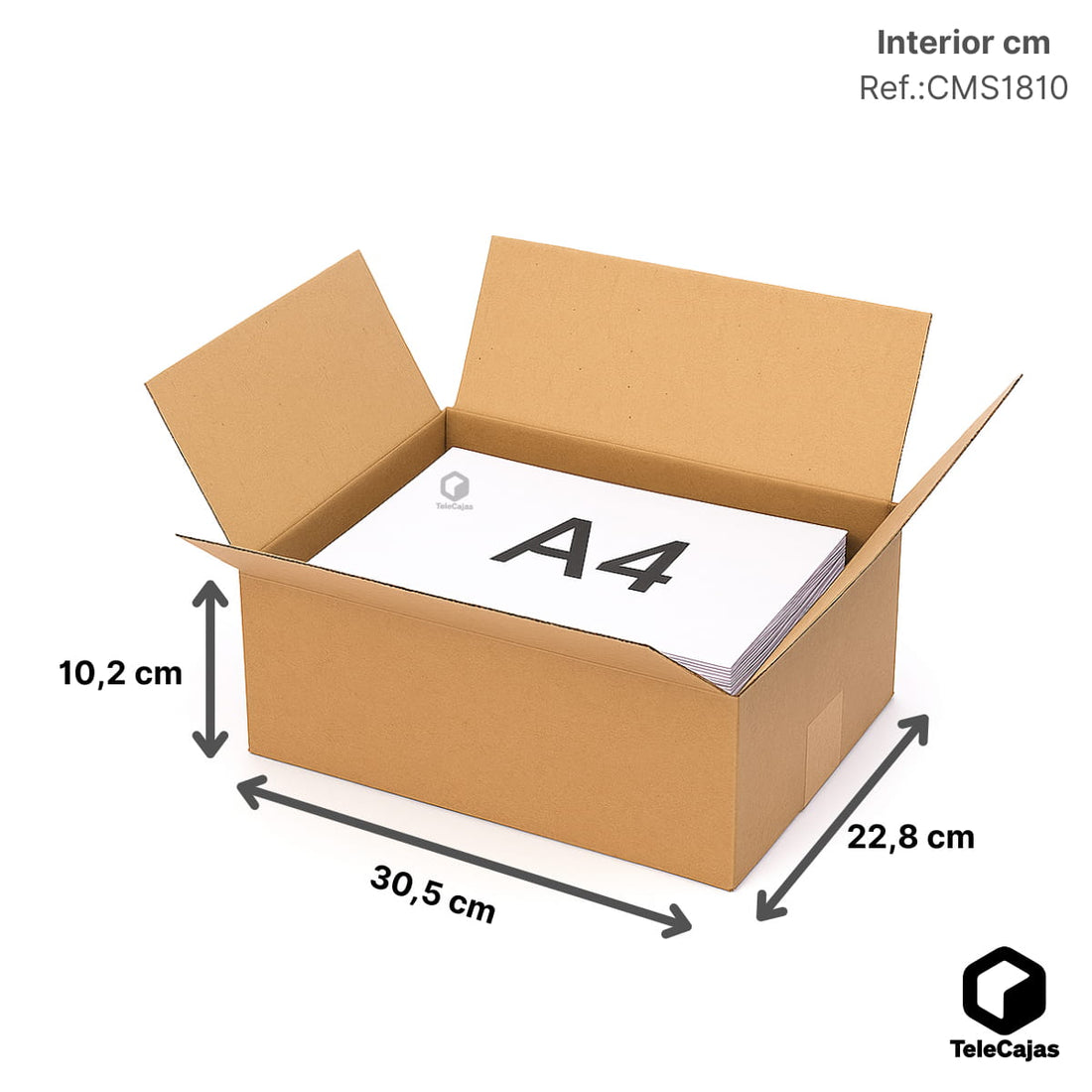What is the symbol 20 PAP?
The PAP 20 recycling icon is one of the most important symbols in the world of sustainable packaging and specifically represents the Corrugated cardboard . This symbol is part of a coding system established by the European Packaging and Packaging Waste Directive 94/62/EC, which aims to clearly identify the materials used in packaging to facilitate its correct sorting and recycling.
The symbol is composed of three main elements:
- The Möbius triangle (three arrows forming a triangle)
- The number "20" in the center of the triangle
- The letters "PAP" below the triangle
This code is part of a larger family of PAP symbols that includes:
- PAP 20 : Corrugated cardboard (packaging boxes, packaging for heavy products)
- PAP 21 : Non-corrugated cardboard (cereal boxes, gift packaging)
- PAP 22 : Paper (paper bags, gift wrap, office paper)

Current importance of the PAP 20 symbol on packaging
The PAP 20 symbol plays a fundamental role in today's packaging industry for several reasons:
Clear identification for recycling
The symbol allows consumers to quickly identify that they are looking at a product made of corrugated cardboard, facilitating its correct separation for recycling. This is essential for maintaining the quality of recycled materials, as the incorrect mixing of materials can negatively affect the recycling process.
Regulatory compliance
Although EU Directive 94/62/EC states that the use of these symbols is voluntary, some member states, such as Italy and Bulgaria, have made this coding mandatory. This means that companies exporting to these countries must include the PAP symbol (20 PAP) on their corrugated cardboard packaging.
Commercial value and consumer preference
Consumers are increasingly aware of the importance of recycling and sustainability. The presence of the PAP 20 symbol on packaging communicates a company's commitment to sustainable practices, which can positively influence purchasing decisions.
As a GWP Packaging study highlights: "While not always mandatory, using the PAP 20 logos on your packaging is generally worthwhile. Most consumers and businesses now prefer to buy sustainable packaging and products."
Responsibility in the supply chain
The responsibility for the correct use of recycling symbols lies with the distributor of the goods. By using the 20 PAP symbol, companies declare that their packaging complies with the mandatory essential requirements of the Packaging Directive, even in regions where its use is voluntary.
The future of the 20 PAP symbol according to the new European legislation
The landscape of recycling symbols, including 20 PAP, is undergoing significant changes with the entry into force of the new European Packaging and Packaging Waste Regulation (PPWR), which replaces the current Directive 94/62/EC.
The PPWR Regulation and its impact
Regulation (EU) 2025/40, known as the PPWR (Packaging and Packaging Waste Regulation), entered into force on 11 February 2025 and represents a fundamental change in packaging regulation in the European Union. Unlike the previous directive, the PPWR is directly applicable in all member states, ensuring uniform implementation.
This new regulation sets more ambitious and concrete targets for reducing packaging waste, improving recyclability and transitioning to a circular economy.
New harmonized labeling system
A crucial change that will directly affect the 20 PAP symbol It is the establishment of a harmonised labelling system for all packaging in the EU. According to Article 12 of the PPWR:
"From August 12, 2028, packaging must be clearly labelled with a harmonized label to inform consumers about recyclability and proper disposal."
This means that the current system of symbols, including PAP 20, will evolve into a unified system across the EU, with clear and easy-to-understand pictograms, accompanied in many cases by QR codes to provide additional information on recycling.

Recyclability classification system
The PPWR introduces a classification system for the recyclability of packaging, dividing it into three performance levels: A, B and C.
- From 2030 onwards, packaging with a recyclability level below 70% (level C) will not be considered recyclable and will not be allowed to be marketed.
- From 2038, this ban will extend to packaging with a recyclability level of less than 80%.
This system will affect how corrugated cardboard packaging is labeled, and will potentially modify or complement the current 20 PAP symbol.
Eco-modulated tariffs
An important aspect of the PPWR is the implementation of eco-modulated Extended Producer Responsibility (EPR) fees. These fees will vary according to the recyclability of the packaging, providing financial incentives for companies to design more sustainable and easily recyclable packaging.
As FKUR explains: "The PPWR sets the conditions for an ecologically based adaptation of disposal fees. In the future, packaging that is easier and more efficient to recycle should have lower disposal fees than less recyclable alternatives."
Recycling and reuse objectives
The PPWR sets ambitious recycling targets for all packaging materials. For paper and cardboard, the target is to achieve a 90% recycling rate by 2030, which underscores the importance of correctly identifying these materials.
Furthermore, it introduces mandatory reuse targets for certain types of packaging, which could create a need for additional labels to complement the existing PAP 20 symbol.
Recommendations for adapting to change
For companies that use corrugated cardboard packaging identified with the 20 PAP symbol, it is important to prepare for the changes introduced by PPWR:
1. Review of current designs
It is essential to review current packaging designs to ensure their recyclability according to the new criteria. Corrugated cardboard (20 PAP) generally has good recyclability rates, but it is important to verify that the entire packaging design facilitates this process.
2. Planning for the new labeling system
Although the new harmonized labeling system will not be mandatory until 2028, it is advisable to start planning for the transition. This may involve:
- Reserve space in the designs for the new labels
- Prepare the infrastructure to implement QR codes on packaging
- Consider how to integrate the new recyclability classification information
3. Monitoring of secondary legislation
The European Commission will be publishing delegated acts and specific guidelines on the new labelling system and recyclability criteria. It is important to stay informed about these developments to ensure regulatory compliance.
4. Proactive communication
While the transition is taking place, it is advisable to use communication with customers to explain the meaning of the 20 PAP symbol and how it contributes to the effective recycling of packaging.
Considerations
The PAP symbol 20 has been fundamental in identifying corrugated cardboard and facilitating its recycling throughout Europe. However, with the entry into force of the new PPWR Regulation, we are facing a significant evolution in how packaging will be labeled for recycling.
This change should not be seen as a threat, but as an opportunity to improve communication about packaging recyclability and move towards a more circular economy. Corrugated cardboard, currently represented by the symbol 20 PAP, will continue to be one of the most sustainable and recyclable packaging materials, but its identification will evolve towards a more harmonized and understandable system for consumers across the EU.
Companies that proactively adapt to these changes will not only ensure their regulatory compliance, but will also be able to stand out in a market where sustainability is increasingly valued by consumers.


